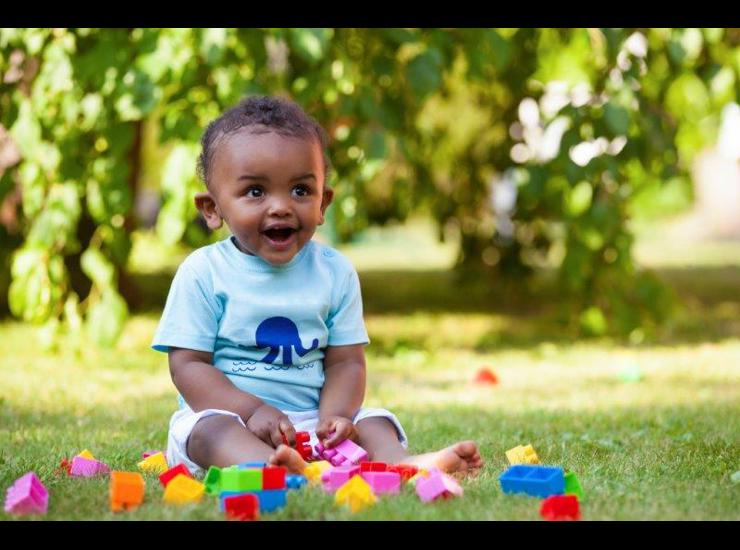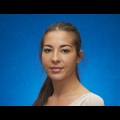
As another lucky LuCiD travel award recipient, I have had the opportunity to visit two collaborating labs in the UK. In just two short weeks I gained invaluable knowledge in one of the most cutting-edge methodologies from the researchers at the forefront of innovation in infant development research.
As adults, we use our eye gaze to convey a large amount of information to others during social situations. For example, “I am talking to you” or “I am talking about that apple”. We are experts at not only interpreting others (“He is talking about that apple”) but also recognising when someone else is following our own attempts to convey information (“He understands that I am talking about that apple and not the pear that we can also see”). This is an important skill we use to learn about the world around us. When we try to investigate when and how infants learn to do this, we often measure baby’s brain activity when we show images of people conveying social information on a screen. Though we have learned lots about our early development in this way, a baby usually learns this skill in a much more interactive context with the caregiver responding to baby and baby responding to caregiver. Unfortunately, on a practical level, it can be very difficult to measure the brain’s response to constantly changing, dynamic environment.
Researchers have been working to overcome the practical challenges of measuring brain activity in an interactive exchange between caregiver and baby so that we can understand more about how babies learn these important social skills. Thanks to the LuCiD travel grant, I was given the opportunity to learn all about these new, cutting-edge techniques from the leading experts across two different Babylabs.
For my first week, I visited Asst Prof. Victoria Leong’s Baby-LINC lab at Cambridge University at a time when the team was preparing stimuli for their brand new study. This was an excellent opportunity for me to hear, see and help with all of the intelligent and creative methods they have for recording and synchronising caregiver and baby brain activity during different interactive tasks.
My second week was spent with the lab’s research collaborator, Dr Sam Wass, at the University of East London where I received training in the sorts of data analysis techniques that the team is using to answer questions about the synchronisation of caregiver and baby during the tasks designed at Baby-LINC. In addition to this, I was immediately integrated into lab life by presenting my work to the department, helping with the generation of coding schemes and attending home data collection sessions.
My visits to both locations were short yet nonetheless invaluable. I experienced, for the first time, research practice in different labs to my own where I have received all of my previous training. Thanks to the generous time given by both Victoria Leong and Sam Wass (who has continued support and training since my visit), I am now confident enough to begin to implement these techniques in our own lab. Not only did I have a warm welcome into both teams, this year we have continued to work together, presenting the latest results from each lab in a joint symposium at the International Congress of Infant Studies in Philadelphia.
I can’t thank Victoria Leong, Sam Wass, their teams, and, of course, the LuCiD Travel award scheme, enough and am ever grateful for the time and funding that has really made a marked difference in the quality of my research.

